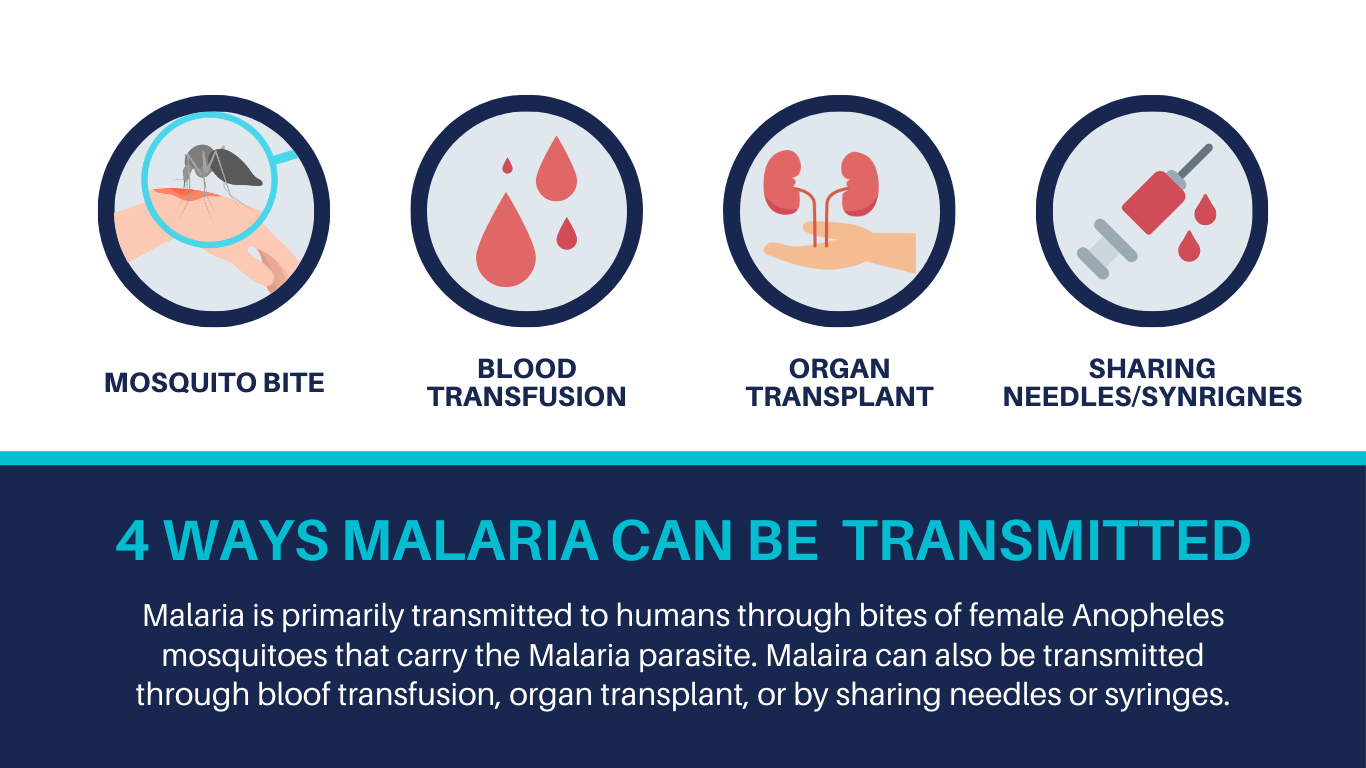Malaria: What You Need to Know

Malaria, a mosquito-borne disease, continues to pose a significant global health threat. With its devastating impact on vulnerable populations, it is crucial to understand the nature of this disease and the ongoing efforts to combat it.
Malaria typically presents symptoms of fever, chills, and flu-like illness in affected individuals. If left untreated, it can lead to severe complications and even death. In 2020, there were approximately 241 million reported malaria cases globally, resulting in the unfortunate loss of 627,000 lives. The majority of these fatalities were children residing in sub-Saharan Africa. Within the United States, around 2,000 cases of malaria are diagnosed annually. These cases predominantly involve travelers and immigrants who have returned from regions where malaria transmission is prevalent, with a significant number originating from sub-Saharan Africa and South Asia.
Malaria is primarily transmitted to humans through the bites of female Anopheles mosquitoes that carry the malaria parasite. These mosquitoes become infective after feeding on the blood of an individual who is already infected with malaria. The mosquito's bite takes in a small amount of blood containing microscopic malaria parasites. Approximately one week later, when the mosquito feeds on another person, it injects these parasites into the bloodstream along with its saliva.
Apart from mosquito bites, malaria can also be transmitted through other means:
- Blood transfusion: If an infected person donates blood, the malaria parasite can be passed on to the recipient during a blood transfusion.
- Organ transplant: If an organ from an infected individual is transplanted into another person, the malaria parasite can be transmitted along with the organ.
- Sharing needles or syringes: The shared use of needles or syringes contaminated with infected blood can lead to malaria transmission.
Malaria can also be transmitted from a mother to her unborn baby before or during delivery. This is known as "congenital" malaria, where the parasite is passed from the mother to the infant. Since the malaria parasite resides within an infected person's red blood cells, these various transmission modes pose a risk of spreading the disease. Understanding these transmission routes is crucial for implementing preventive measures and effectively controlling malaria.

In the early 1950s, the CDC played a vital role in eradicating malaria as a significant public health concern in the United States. However, despite this achievement, there are still reported cases of malaria each year in the country. These cases primarily occur among returning travelers and immigrants, commonly known as "imported" malaria. It's important to note that several species of Anopheles mosquitoes capable of transmitting malaria are present in the United States, which means the risk of malaria occurring here, while unlikely, does exist.
Locally acquired malaria is an exceptionally rare occurrence, resulting from a transmission chain that typically begins with a domestic mosquito biting a person who has recently visited a malaria-endemic country and carries the infection in their bloodstream. The mosquito then passes on the infection by biting another individual. Prior to the recent cases reported in 2023, there has not been a locally acquired case of malaria confirmed in the US since 2003.
To sustain the prevention of illness and fatalities caused by malaria, the CDC continues to undertake several measures within the country:
- Administering the National Malaria Surveillance System: The CDC manages a comprehensive surveillance system that monitors and tracks malaria cases nationwide.
- Investigating instances of locally transmitted malaria: The CDC conducts investigations into cases of malaria that are believed to have been transmitted within the United States
- such as transfusion-related malaria.
- Preventing malaria among international travelers: The CDC works towards safeguarding international travelers from contracting malaria by providing relevant guidance and implementing preventive measures.
- Consulting with clinicians: The CDC collaborates with healthcare professionals
- offering expert advice on the diagnosis and treatment of malaria within the United States.
- Advising blood collection centers: The CDC provides guidance and recommendations to blood collection centers to ensure the safety of blood transfusions by minimizing the risk of malaria transmission.
Through these initiatives, the CDC strives to maintain effective malaria prevention strategies, safeguarding the health and well-being of the population in the United States.
With millions of cases and hundreds of thousands of deaths reported yearly, the fight against malaria requires sustained efforts and collaboration. By implementing robust prevention measures, developing new tools, and strengthening healthcare systems, we can significantly reduce the burden of malaria and save countless lives.






